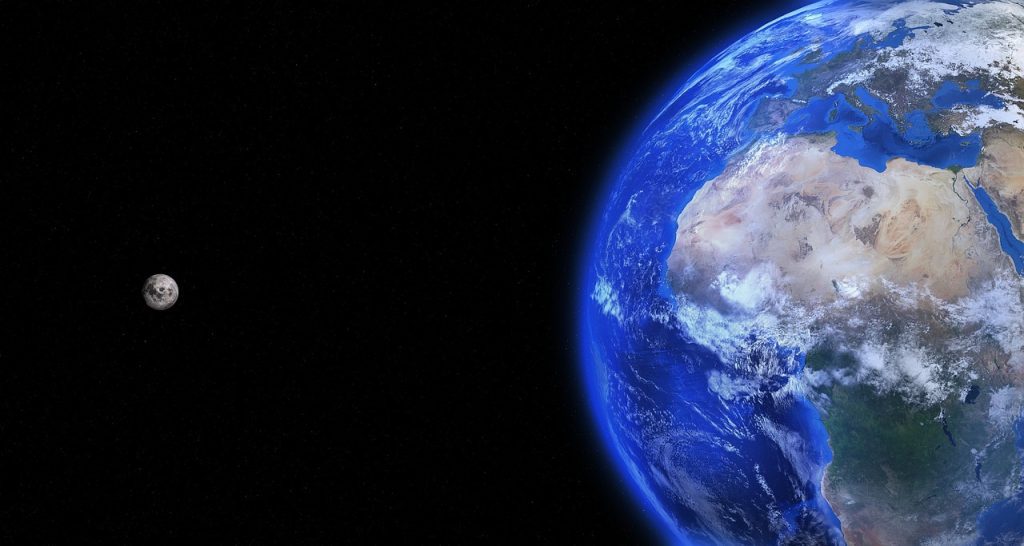Imagine this: humanity finally sets foot on Mars. The red dust swirls, and for a moment, it feels like a dream come true.
But what if, hidden in that moment, we accidentally plant Earth’s microbes on another world? Or worse, bring something unknown back home?
That’s what scientists call interplanetary contamination, and it’s one of the biggest challenges of space exploration.
As we push further into the cosmos, are we ensuring that our search for life doesn’t end up harming life, wherever it might exist?
What Is Interplanetary Contamination?
Interplanetary contamination happens when organisms, particles, or materials move from one planet to another, either by accident or through human missions.
There are two main types:
- Forward contamination: When Earth’s microbes or materials hitch a ride on spacecraft and contaminate another celestial body (like Mars or Europa).
- Backward contamination: When material from space, possibly containing unknown organisms, is brought back to Earth.
This is a real and carefully studied issue. Even during NASA’s Apollo missions, astronauts were quarantined after returning from the Moon, just in case they brought back anything harmful.
You can read more about that on NASA’s Planetary Protection page.
Why Does This Matter?
Here’s the thing: microbes are incredibly resilient. Some bacteria can survive radiation, freezing, and even vacuum conditions.
Tardigrades, those microscopic “water bears”, can survive in outer space for years.
That means even a tiny microbe that clings to a spacecraft could survive the trip to Mars.
And if it does, it could multiply, spread, and interfere with potential Martian ecosystems, or worse, destroy them before we even discover they exist.
Imagine finding life on Mars one day, only to realize it came from Earth. That’s the kind of mistake we can’t afford to make.
The Science Behind the Contamination
When a spacecraft leaves Earth, it’s never completely sterile.
Despite NASA’s best sterilization efforts — heating, cleaning, and isolating equipment — it’s nearly impossible to remove all microorganisms.
The European Space Agency (ESA) also follows strict protocols to prevent contamination, but there’s always a tiny risk.
Microbes can travel on surfaces, inside materials, or even in the dust collected by rovers.
Over time, they could alter the chemical composition of alien environments, making it difficult for scientists to tell what’s native and what’s imported.
How Planetary Protection Works
To fight this problem, organizations like NASA and ESA follow international guidelines created by the Committee on Space Research (COSPAR).
These rules classify missions based on their risk of contamination and outline cleaning and containment methods.
For example:
- Missions to Mars or Europa (where life might exist) have strict sterilization requirements.
- Spacecraft that only orbit Earth or the Moon follow lighter protocols.
NASA even has a special department called the Office of Planetary Protection, which makes sure these measures are enforced across all missions.
You can explore their current strategies here.
The Growing Role of Private Space Companies
Now that private companies like SpaceX, Blue Origin, and others are joining the space race, planetary protection faces a new challenge.
Unlike government agencies, private missions can move faster, but that also means there’s less regulation and oversight.
Commercial space travel and tourism are exciting, but they increase the risk of forward contamination.
Imagine hundreds of private missions heading to Mars, each with its own gear and equipment. Even one careless oversight could release Earth-based microbes into a new world.
That’s why experts argue that space sustainability — the idea of exploring space responsibly — must become a global priority.
Lessons from Earth
We’ve seen what happens when we don’t respect ecosystems.
Pollution, climate change, and species extinction are all results of human interference. Interplanetary contamination could be the same mistake, just on a cosmic scale.
If we treat other planets with the same disregard we once showed Earth, we risk spreading pollution beyond our home world.
The truth is, sustainability doesn’t stop at Earth’s atmosphere. It continues into the stars.
A Moral Duty to Protect Life Everywhere
Beyond the science and policy, this issue touches something deeper, our moral responsibility.
Whether life exists on Mars, Europa, or anywhere else, it deserves to be protected. Our curiosity should never come at the cost of destruction.
Treating other worlds with care is how we honor the same values that drive sustainability here at home.
As Carl Sagan once said, “For small creatures such as we, the vastness is bearable only through love.”
Maybe that love begins with responsibility in choosing to explore gently.
Bottom Line
Interplanetary contamination might sound like a distant concern, but it’s one of the defining environmental issues of our future.
As we reach for other planets, we must also reach for greater awareness.
We’ve learned so much from our mistakes on Earth. Let’s not repeat them among the stars.
Our next frontier isn’t just about reaching new worlds, it’s about preserving them.
